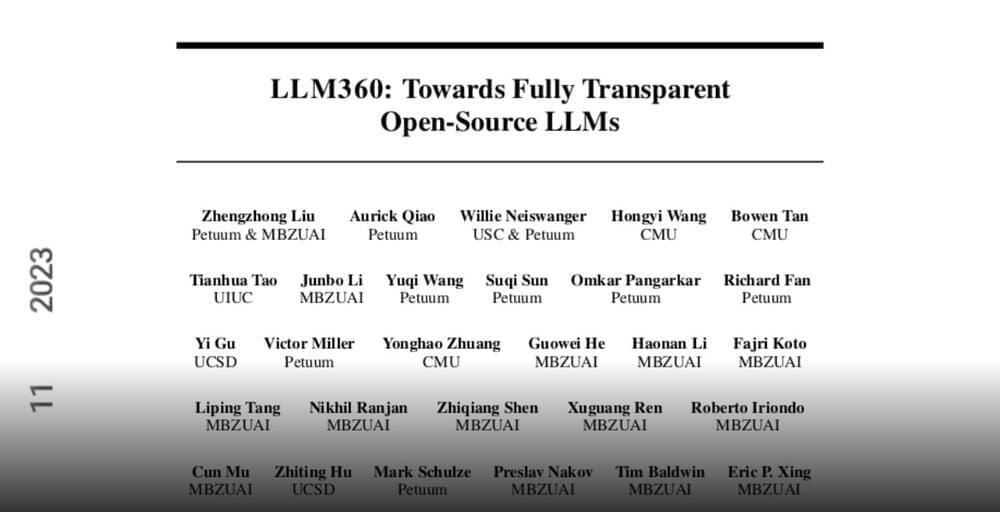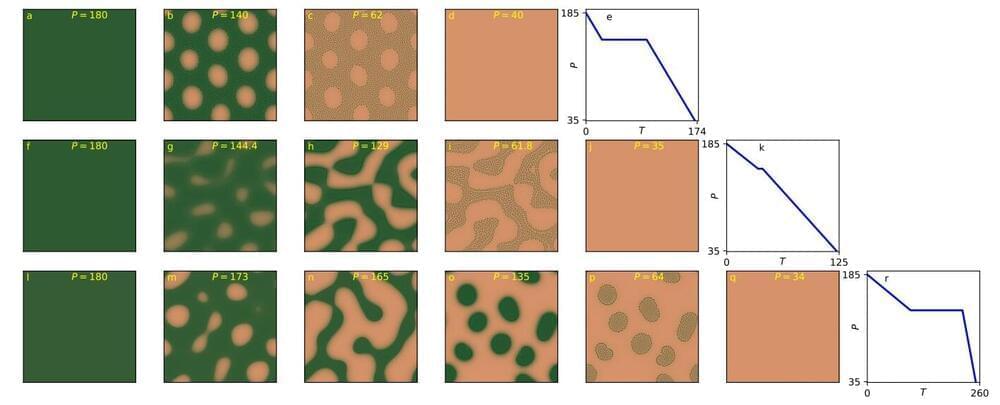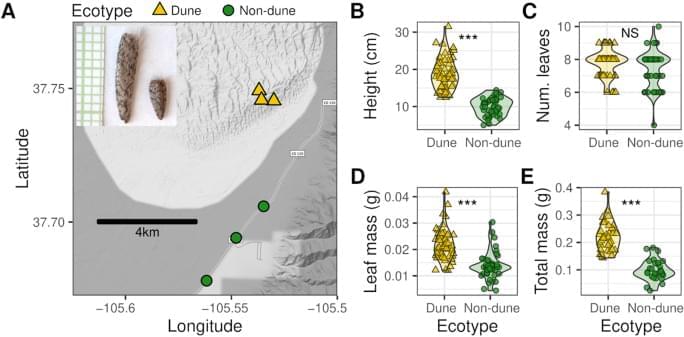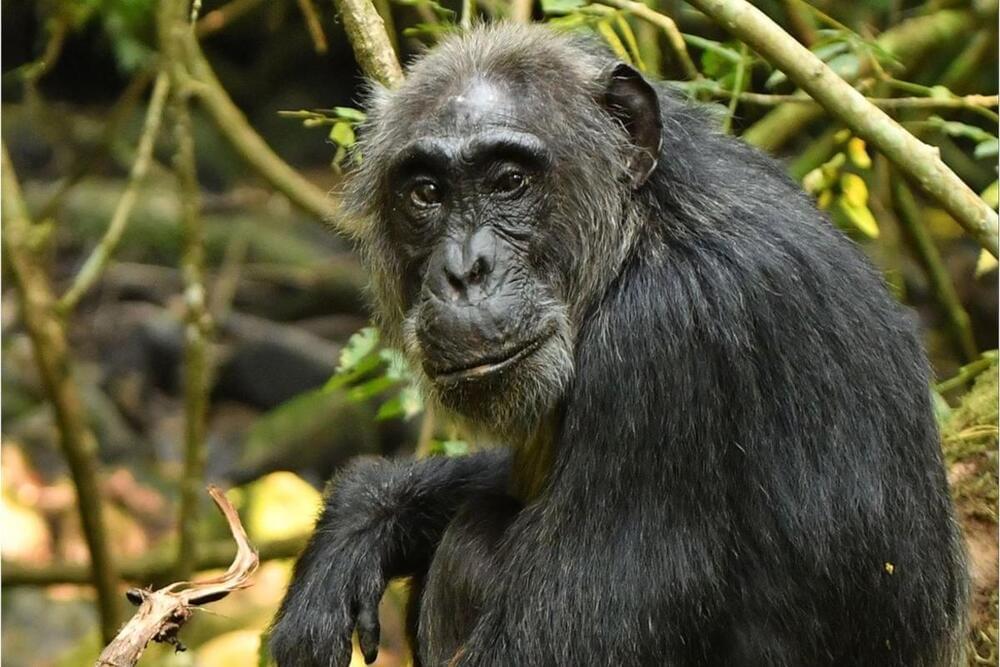The Yahoo Human Rights Fund was intended to support imprisoned Chinese dissidents. Instead, a lawsuit alleges that only a small fraction of the money went to help former prisoners.
Category: futurism – Page 279
Fairy circles, a nearly hexagonal pattern of bare-soil circular gaps in grasslands, initially observed in Namibia and later in other parts of the world, have fascinated and baffled scientists for years. Theories for their appearance range from spatial self-organization induced by scale-dependent water-vegetation feedback to pre-existing patterns of termite nests.
Prof. Ehud Meron of Ben-Gurion University of the Negev has been studying the Namibian fairy circles as a case study for understanding how ecosystems respond to water stress. He believes that all theories to date have overlooked the coupling between two robust mechanisms essential for understanding ecosystem response: phenotypic plasticity at the level of a single plant, and spatial self-organization in vegetation patterns at the level of a plant population.
Phenotypic plasticity is the plant’s ability to change its own traits in response to environmental stresses.
In a new forward-looking Essay, P’aivi T’orm’a highlights the significance and impact of quantum geometry for the future of physics research.
Innes, P.A., Goebl, A.M., Smith, C.C.R. et al. Gene expression and alternative splicing contribute to adaptive divergence of ecotypes. Heredity (2023). https://doi.org/10.1038/s41437-023-00665-y.
Google is slowing down viewing for those with ad blockers.
Search giant says delays not specific to any browser – just those evading advert breaks.
A team of researchers has been studying the Ngogo community of wild chimpanzees in Uganda’s Kibale National Park for over twenty years. Their recent publication in the journal Science reveals that female chimpanzees in this population can experience menopause and have a postreproductive lifespan.
Prior to the study, these traits had only been found among mammals in a few species of toothed whales, and among primates — only in humans. These new demographic and physiological data can help researchers better understand why menopause and post-fertile survival occur in nature, and how it evolved in the human species.
Some researchers publish a new paper every five days, on average. Data trackers suspect not all their manuscripts were produced through honest labour.
At its core, Abundance360 is a year-round program for entrepreneurs, investors, and executives who want to create positive change. It offers them a unique opportunity to unlock their potential and access the latest technologies, tools, and connections needed to succeed in today’s world.
In addition to the Summit, Workshops, and Masterminds, members benefit from the support of a close-knit community of like-minded individuals who share the goal of creating a better future for humanity.
Four angular wings with steel canopies form Zhuhai Jinwan Civic Art Centre, which British studio Zaha Hadid Architects has completed on an artificial lake in China.
Located within the ZhongXin Lake in Zhuhai, the centre is characterised by its sweeping roofscape, which Zaha Hadid Architects modelled on the chevron-shaped flight formations of migratory birds in southern China.
Inside, Zhuhai Jinwan Civic Art Centre contains three distinct cultural venues – a science centre, an art museum and a performing arts centre.









